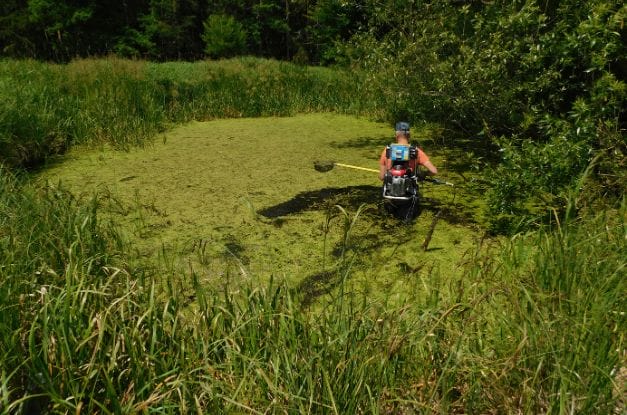Electrofishing might sound like a term from a science fiction novel, but it’s a real and vital practice used in fisheries management. This method involves using electricity to catch fish. Read here and find out more about what electrofishing is and where you can do it.
Understanding Electrofishing
Electrofishing is a common fishery management technique used to sample fish populations in bodies of water. It involves generating an electric field in the water, temporarily stunning the fish. This makes them easier to catch and count or measure. The main goal of electrofishing is to gather data about fish populations without causing long-term harm to the aquatic community.
The Process of Electrofishing
The electrofishing process typically involves a team with specialized equipment. This equipment includes an electrofishing boat or portable backpack units, depending on the size of the water body. The system sends electrical currents into the water, temporarily immobilizing the fish. The team then scoops the fish up with nets, examines them, and releases them back into the water. The entire process requires careful monitoring to ensure minimal stress and harm to the fish.
Benefits of Electrofishing
Electrofishing offers several benefits for fishery management. It allows for the efficient sampling of fish populations, providing crucial data for conservation and management efforts. It’s an effective way to monitor species diversity, population density, and the health of aquatic ecosystems. Additionally, electrofishing helps in the management of invasive species and the assessment of environmental impacts on aquatic life.
Where Can You Electrofish?
Trained professionals usually electrofish in rivers, lakes, and streams. If you’re interested in observing or participating, many educational institutions and fishery management agencies conduct electrofishing demonstrations. These are great opportunities for seniors, researchers, and the public to learn about local fish populations and conservation efforts. Some organizations may also offer volunteer or training programs for those wanting to get involved more directly.
Now that you know what electrofishing is and where you can do it, you can appreciate its importance in fishery management and conservation. Whether you’re a student, researcher, or a senior interested in aquatic ecosystems, electrofishing offers a unique window into the health and diversity of our water bodies. And for those eager to get started electrofishing, remember to seek out opportunities with professional organizations that can provide the necessary training and guidance.






